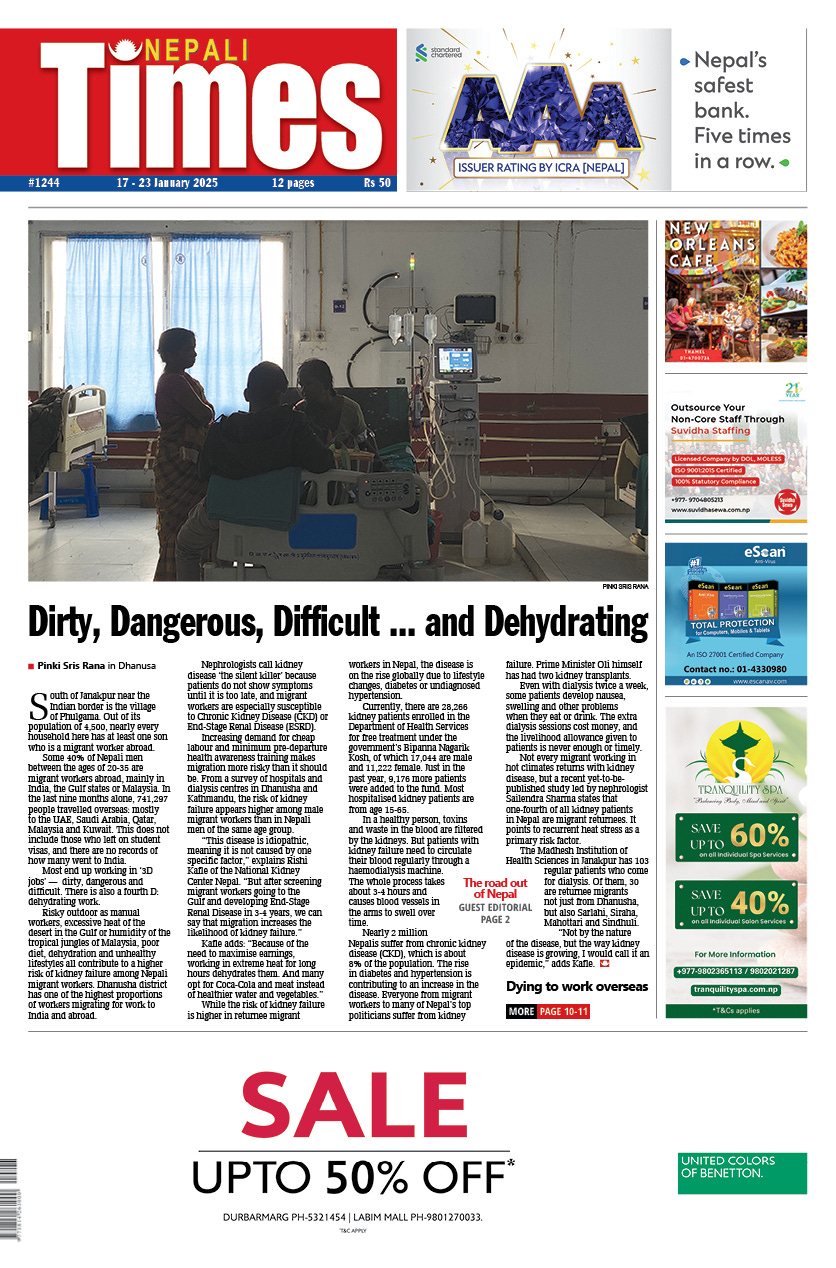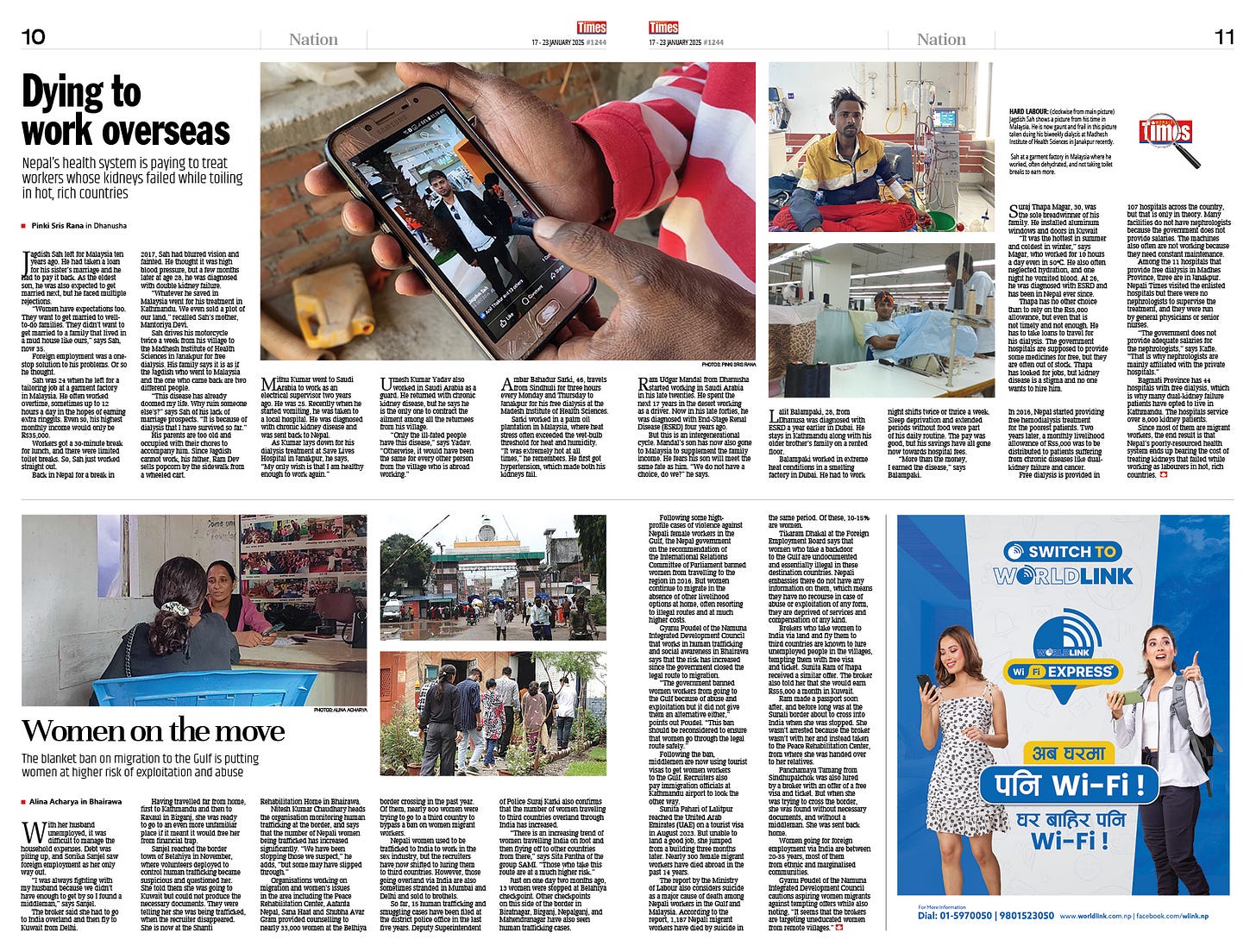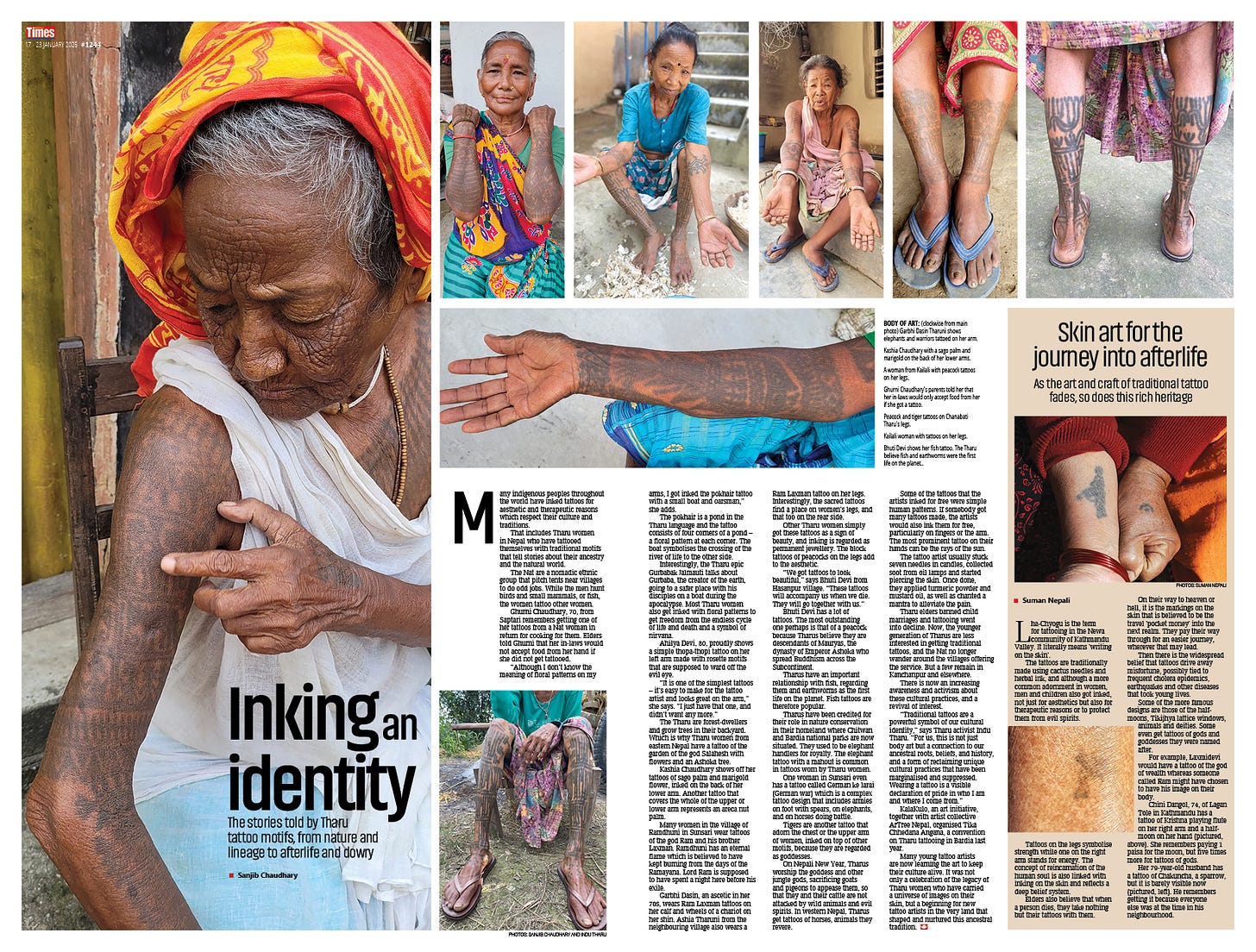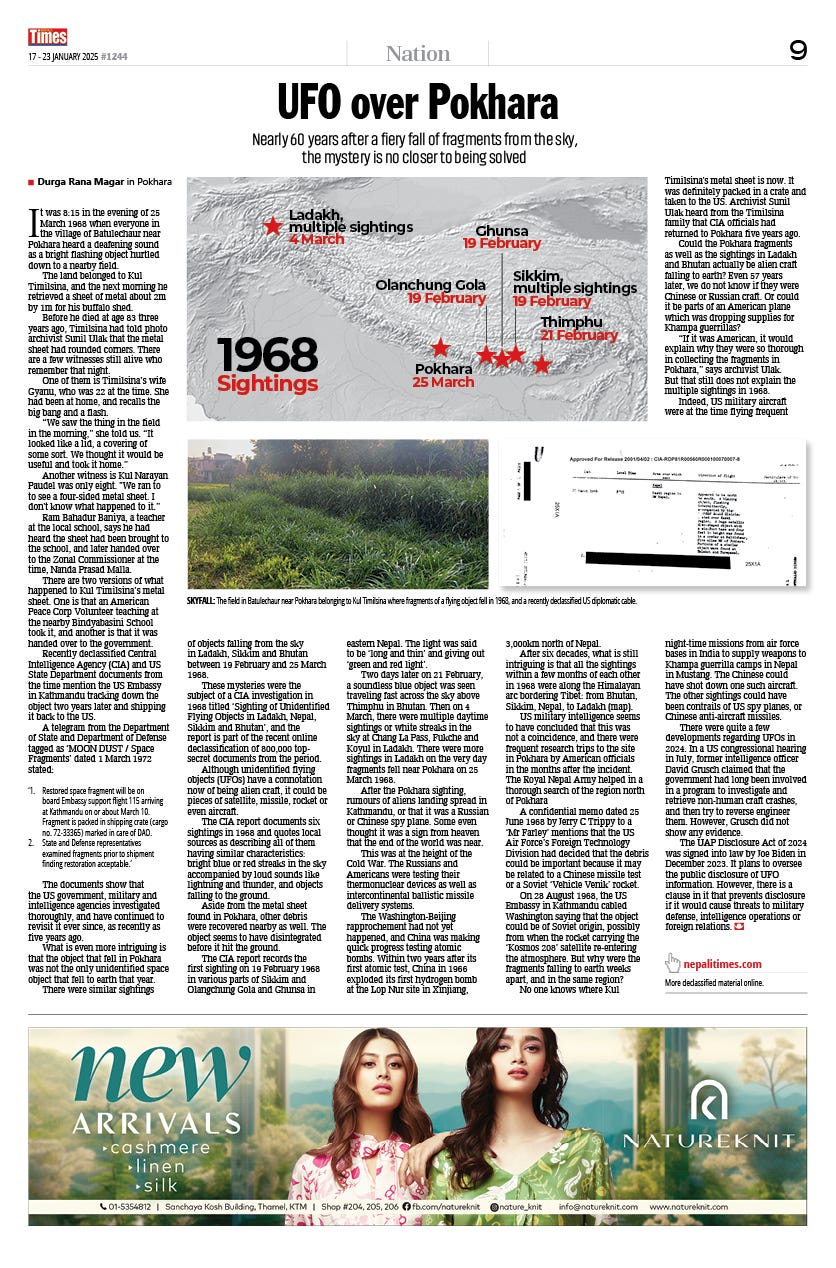Since Kathmandu has become unliveable, there have been many proposals over the years to shift Nepal’s capital somewhere else. Chitwan was the obvious choice because it has a major river running through it which we can turn into a sewer, and a national park nearby that can be converted into a car park. We can also have rhinos roaming the streets of the new capital instead of cows. Someone suggested we shift the capital to New Delhi, since most decisions are made there anyway.
There have been other proposals. Since Kathmandu Valley is running out of water, why not move the capital to Melamchi closer to the source of water. And to solve Kathmandu's garbage problem, shift the capital to the Sisdol landfill site. That way we can just dump our trash wherever we want. Oh wait, we do that here already.
Anyway, if we do move Kathmandu out of Kathmandu what do we do with Kathmandu? Good question. Luckily, I have come up with a clever plan: build a concrete dam at Chobhar gorge and revert Kathmandu Valley back to the lake it once was. Singha Darbar would be permanently submerged, saving the country a whole lot of money.
Moving right along to the #1244th edition of Nepali Times last Friday, try not to miss our investigation on page 1 and 10-11 about the epidemic of kidney disease among migrant workers returning after working in the Gulf and Malaysia. The exposé by Pinki Sris Rana shows that one-third of the patients at a dialysis centre in Dhanusha are returnees (Dirty, Dangerous, Difficult … and Dehydrating).
Alina Acharya reports on page 10-11 from Bhairawa about Nepali women being trafficked overland via India to work as domestic help in the Gulf region to bypass the government’s ban. This exposes them to more abuse and exploitation (Women on the Move).
Still on the subject of migration, in this week’s Guest Editorial on page 2 demographer Chetan Adhikari uses data from Ramechhap and Khotang to argue that the spread of Nepal’s road network, instead of linking farmers to markets and serving far-flung areas, has served as a conduit for increased outmigration from the mountains to the plains, the cities and abroad (The Road Out of Nepal).
The centrespread this week looks at the fading practice of traditional tattooing among women in the Tharu and Newa communities. Skin art was a form of story-telling about nature and the after-life (Inking an Identity, page 6-7) and we are losing this heritage.
Durga Rana Magar examines recently declassified US State Department and CIA documents to try to solve the enduring mystery of an unidentified flying object that fell to the ground in Pokhara 60 years ago within days of similar sightings in Ladakh, Sikkim and Bhutan. Were they Chinese or Russian test ICBMs? Was it a US Air Force plane supplying Khampa guerrillas in Nepal? Were they extraterrestrial craft? Find out on page 9 (UFO over Pokhara).
Enjoy reading Nepali Times content, while the editorial team is hard at work preparing next week’s edition. Till then, tarra.
Kunda Dixit







